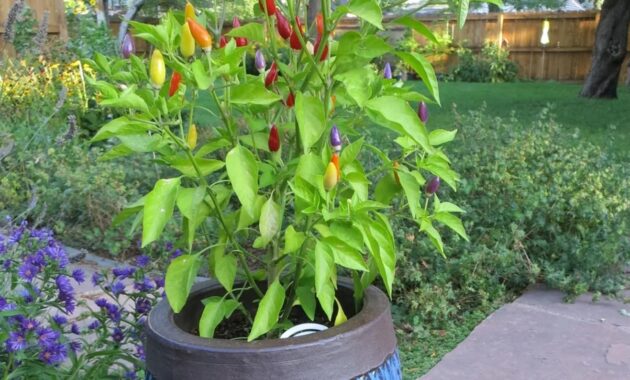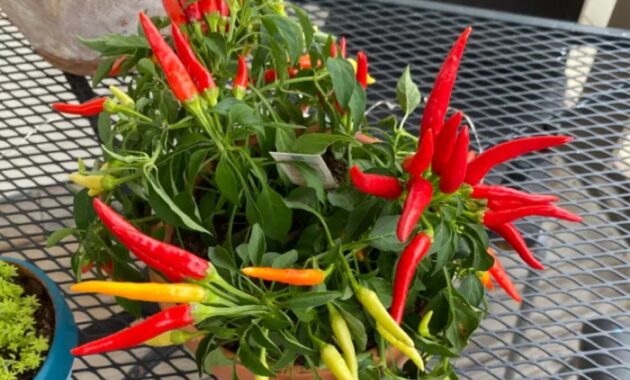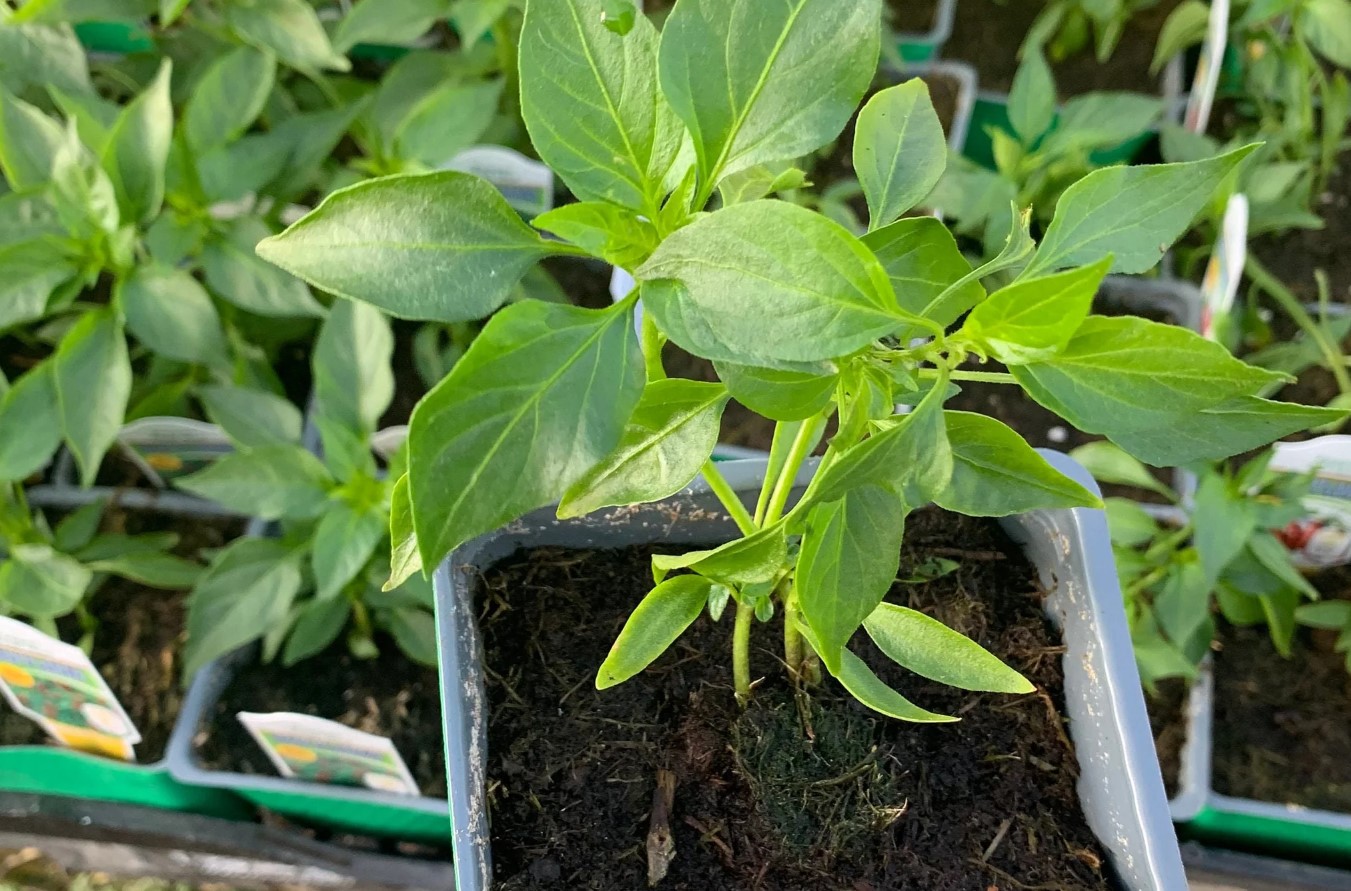
The Serrano pepper is a popular chili pepper known for its versatile use in a variety of dishes, offering a medium level of heat with a fresh, bright flavor. It’s widely used in Mexican cuisine and has gained popularity worldwide for its ideal balance of spice and flavor.
Key Characteristics of the Serrano Pepper
| Feature | Description |
|---|---|
| Scientific Name | Capsicum annuum |
| Common Name | Serrano Pepper |
| Origin | Mexico |
| Heat Level | 10,000–25,000 Scoville Heat Units (SHU) |
| Size | 1 to 4 inches long |
| Color | Ripens from green to red, orange, or yellow |
| Shape | Slim, elongated, and slightly tapered |
| Plant Type | Annual in cooler climates, perennial in warm climates |
Heat and Flavor Profile
The Serrano pepper offers a medium level of heat, with a range of 10,000 to 25,000 Scoville Heat Units (SHU). While it’s spicier than a jalapeño (2,500–8,000 SHU), it’s still much milder than extreme peppers like the habanero or Carolina Reaper. The Serrano has a bright, fresh flavor with a bit of crispness, making it perfect for raw and cooked dishes.
- Scoville Heat Units (SHU): 10,000–25,000
- Flavor: Crisp, fresh, and slightly fruity with a clean, bright heat.
Common Culinary Uses
Serrano peppers are highly versatile and can be used in a wide variety of dishes. Their fresh, clean flavor makes them a favorite in raw preparations, but they also hold up well to cooking.
1. Salsas and Sauces
Serranos are commonly used in salsas because their heat level is just right for adding a kick without overpowering other ingredients.
- Salsa Verde: Serranos are a key ingredient in salsa verde, made with tomatillos, onions, and cilantro.
- Hot Sauces: Serrano peppers can be blended into hot sauces for a medium heat with fresh flavor.
2. Pickling
Pickled Serranos are a popular way to preserve the peppers and add a zesty heat to dishes like tacos, nachos, and sandwiches.
- How to Pickle: Slice the serranos and soak them in vinegar with spices like garlic, peppercorns, and oregano for a tangy, spicy pickle.
3. Grilling and Roasting
Serrano peppers are excellent when grilled or roasted, as the heat softens their texture and enhances their flavor.
- Roasted Serrano Peppers: Toss them in olive oil and roast in the oven until they blister. Use them as a topping for burgers, pizzas, or even in sandwiches.
4. Stuffed Peppers
Though smaller than bell peppers, Serranos can still be stuffed with cheese or ground meat and baked for a spicy twist on a classic dish.
Growing Serrano Peppers
Serrano pepper plants are relatively easy to grow and produce a high yield of peppers throughout the growing season. They can be grown in containers, in the ground, or even indoors if conditions are right.
1. Climate and Location
Serranos thrive in warm climates and require a sunny spot with well-drained soil. They prefer temperatures between 70°F and 85°F (21°C to 29°C).
- Growing Zones: Ideal in USDA zones 9-11, though they can be grown as annuals in cooler regions.
2. Soil Requirements
Serrano peppers need rich, well-draining soil with a pH level between 6.2 and 7.0. Adding compost or a balanced fertilizer will help ensure healthy plants.
3. Watering and Care
Keep the soil evenly moist, but avoid waterlogging. Water the plants when the top inch of soil feels dry.
- Watering: Aim for deep watering once or twice a week rather than frequent shallow watering.
- Fertilizing: Use a balanced fertilizer during the growing season to promote strong growth and fruit production.
4. Harvesting
Serranos are typically harvested while they are still green, but they can also be left on the plant to ripen to red, yellow, or orange. Harvesting usually begins around 70-85 days after transplanting.
- How to Harvest: Use scissors or pruners to cut the peppers from the plant, leaving a small piece of the stem attached.

Health Benefits of Serrano Peppers
Serrano peppers, like other chili peppers, offer several health benefits due to their high content of vitamins, minerals, and capsaicin.
- Rich in Vitamin C: Serranos are an excellent source of vitamin C, which supports immune health and acts as an antioxidant.
- Anti-inflammatory: Capsaicin in the peppers has anti-inflammatory properties and may help with pain relief.
- Metabolism Boost: Eating hot peppers like Serranos can boost metabolism and aid in weight loss.
Fun Facts About Serrano Peppers
- Named After a Region: The Serrano pepper gets its name from the Sierra (mountain) region in Mexico where it originated.
- Popular in Mexican Cuisine: Serranos are a staple in Mexican cooking, especially in salsas, soups, and stews.
- Versatile Heat: Unlike many hotter peppers, the Serrano’s moderate heat makes it suitable for a wider range of dishes, from raw to cooked, without overwhelming the other flavors.
Conclusion: A Perfect Balance of Heat and Flavor
The Serrano pepper strikes the perfect balance between heat and flavor, making it a popular choice for home cooks and chefs alike. Whether you’re making a fresh salsa, pickling, or roasting them for a more intense flavor, the Serrano adds just the right amount of kick to any dish.
Its ease of cultivation and versatility in the kitchen make it a must-have for any garden or pantry, especially for those who enjoy medium heat and bright, fresh flavors.



